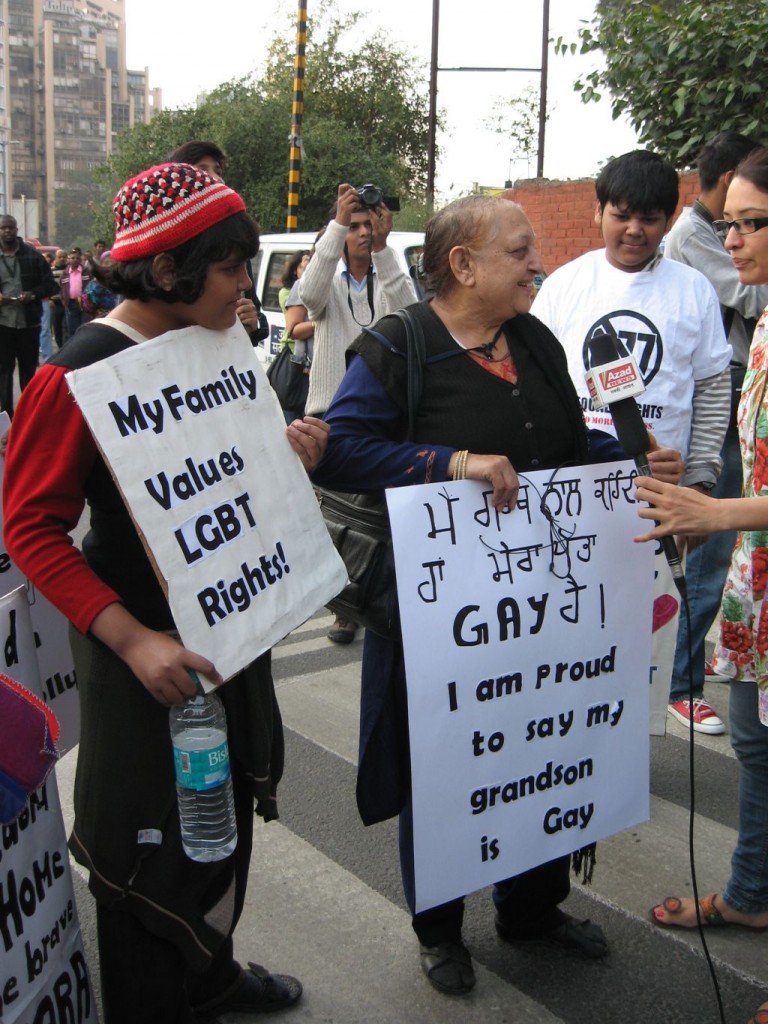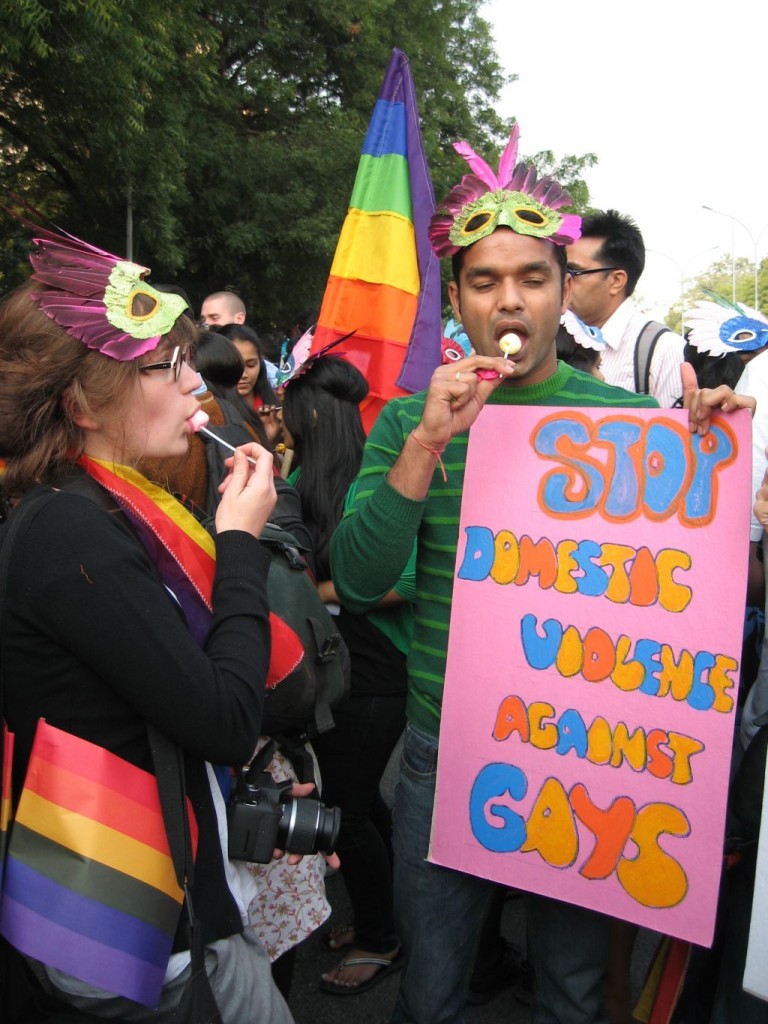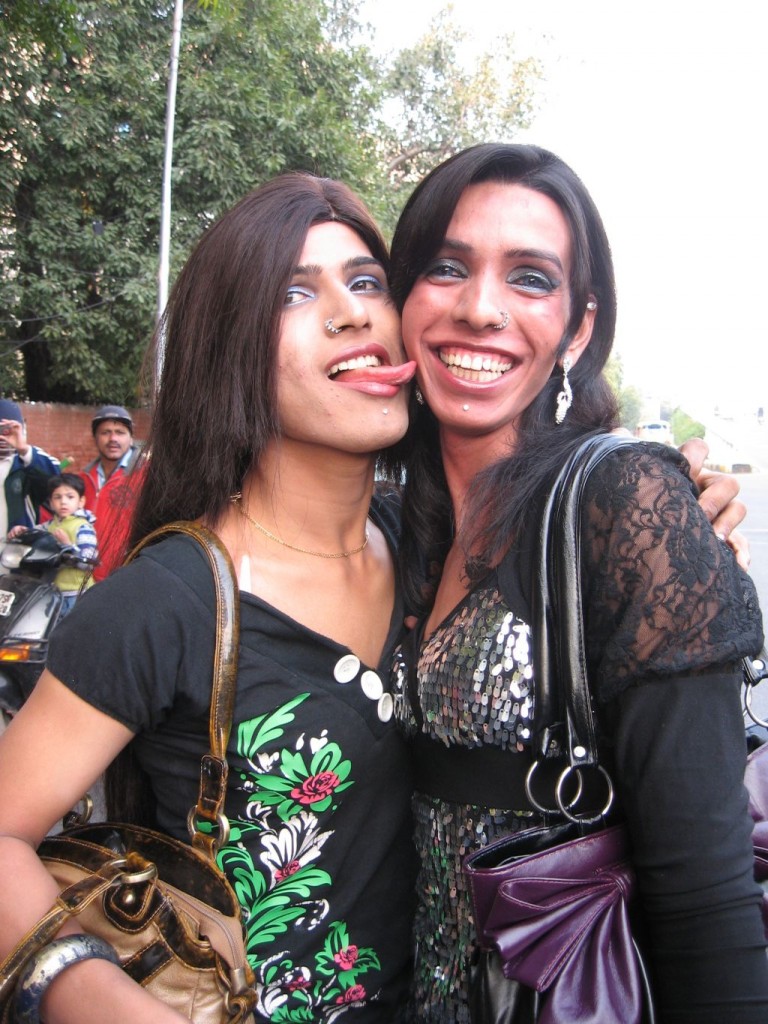Beginning of the Parade
I had the opportunity to attend Kolkata Gay Pride on the 2nd of July. I arrived in Kolkata on the 1st, after attending Chennai Pride and spending a few days in Bangalore. My friend Sourendra from Mumbai introduced me to Mr. Rajshree Chakrobarty, Secretary of the Dum Dum Society and one of the organizers of Kolkata Pride. I knew that Kolkata was the first city in India to host a pride march, so I expected it to be the biggest one this year as well. But when I reached the parade venue, I was shocked to see that there were hardly 50 people present.

Begining of the parade
Mr. Chakrobarty Explains
Before I could even ask, Mr. Chakrobarty told me why the turnout was so low. He explained that most of the organizations working on gay rights in Kolkata had boycotted the parade due to internal politics. As a result, only the Dum Dum Society and another group called Anandam organized the event this year. I was surprised to hear this but also glad that at least someone took the initiative to keep the parade alive.

Mr. Chakrobarty
The Parade
The parade began at Jatin Das Park near Hazra Crossing and ended at the Academy of Fine Arts. It started with around 40–50 participants but was lively and full of energy. Having attended several pride parades in India over the past year, I found Kolkata’s to be the most liberal and open. Nobody wore masks to hide their identity. An auto rickshaw with loudspeakers led the march while participants sang songs about human rights, equality, and gender justice. They also distributed pamphlets about LGBT rights.

Good message
Growing Numbers
It rained for most of the march, but that didn’t stop people from joining. By the time we reached the Academy of Fine Arts, the crowd had grown to over 100 participants. The most inspiring moment for me was seeing so many young lesbian couples join towards the end. I had never seen so many lesbians at a pride event in India—not in Mumbai, Delhi, or Chennai. What struck me most was their age: they were very young, unlike the older women I had usually seen. These young women knew their families would find out if they marched publicly, but they still chose to participate. That level of openness and courage really impressed me.

Very colorful event
Speeches and Performances
At the Academy, the parade concluded with speeches by Mr. Ranjeet Sinha, Mr. Rajshree Chakrobarty, and other social activists. Later, I joined Mr. Chakrobarty for a cultural program organized by Saathi, which provided a platform for the LGBT community to showcase their talents. The program included dance performances, fashion shows featuring designs created by LGBT members, and traditional Kolkata songs. I was amazed by the quality of the performances. The municipality chairman attended as the chief guest, and the event drew a crowd of nearly 500 people—much larger than the parade itself.

Cultural dance performance
Learning from Kolkata
During my time there, I interviewed Mr. Chakrobarty, Mr. Ranjeet Sinha, and several others from the community. Mr. Chakrobarty told me that gay activism in Kolkata began as early as 1989, making it one of the first cities in India to do so. Today, there are about six or seven organizations working on LGBT rights in the city. He explained that conditions for LGBT people in the city are better than in suburban or rural areas, largely due to greater media presence and more active organizations. However, compared to Mumbai and Delhi, life in Kolkata is still more difficult, as it is the poorest metropolitan city in India.

the most important message
Discrimination and Social Challenges
Mr. Chakrobarty also pointed out that transgender people face the harshest discrimination because their identities are more visible. He emphasized that while all LGBT individuals face discrimination, trans people often bear the brunt of it. We also discussed the common misconception in India that homosexuality is a disease or a temporary fashion—something that can be “cured” by marriage or yoga, as suggested by figures like Baba Ramdev. Like others I have interviewed, he firmly said this is impossible: sexuality cannot be changed. Many gay men marry under family pressure but continue same-sex relationships, proving that marriage is not a solution.

She was very active
He also reminded me that homosexuality has always existed in Indian culture, citing references in Hindu scriptures, temple carvings, and even stories from the Ramayana. He noted that Section 377 was a colonial law imposed by the British, and that the Delhi High Court’s judgment to strike it down was a step toward justice.
Meeting Mr. Ranjeet Sinha
I also had the privilege of meeting Mr. Ranjeet Sinha, a transgender activist working in Kolkata and surrounding districts. He shared the struggles trans people face, including the lack of recognition in official documents like passports and voter IDs. He spoke about the humiliation trans people often face in public toilets and demanded separate facilities. He also told me about a transgender activist friend with AIDS who was forced by doctors to dress as a man before being admitted to the hospital. Mr. Sinha criticized NGOs for focusing solely on HIV/AIDS and neglecting broader issues affecting the transgender community. He praised South Indian states, especially Chennai, for making more progress on transgender rights.

Good slogan
Final Thoughts
Kolkata Pride may have been smaller this year, but it taught me so much. I was deeply inspired by the courage of the young participants, the dedication of people like Mr. Chakrobarty and Mr. Sinha, and the resilience of the community despite internal challenges. I sincerely hope that next year, all organizations will put aside their differences and come together to make Kolkata Pride as strong and vibrant as it deserves to be—a true celebration of equal rights for all.

He had a lot of fun























